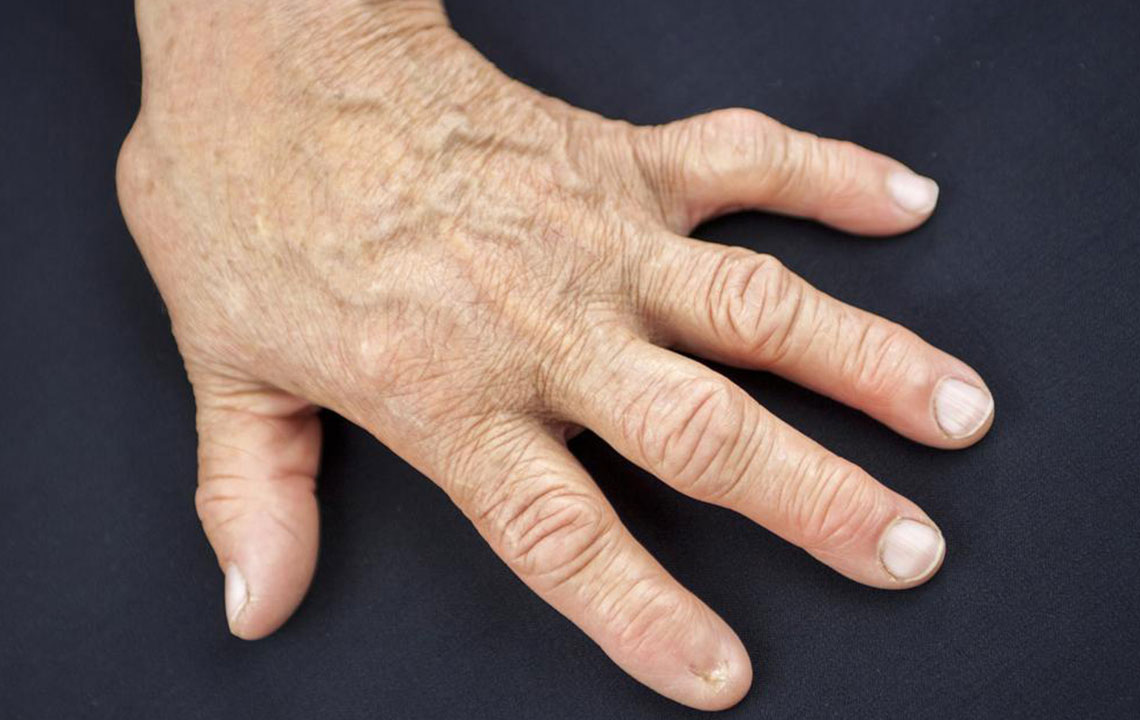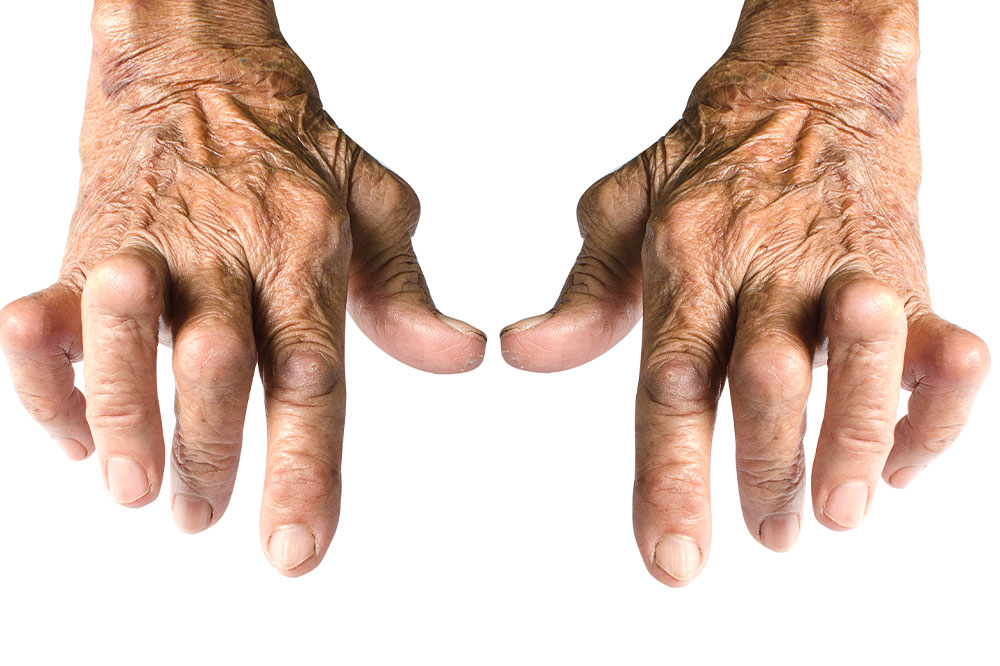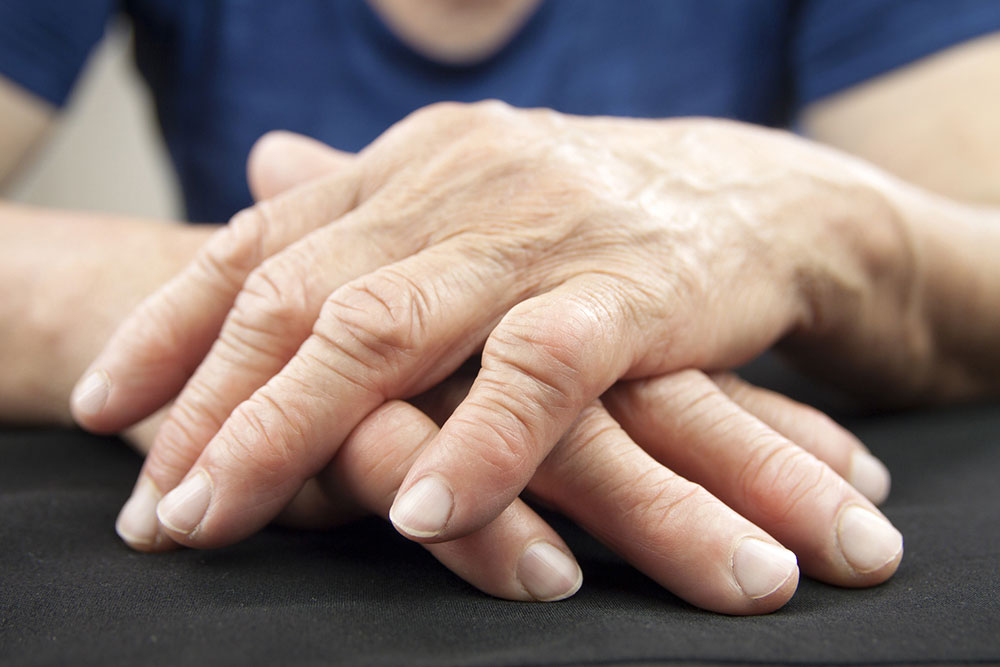Key Indicators of Rheumatoid Arthritis to Watch For
This article highlights the early signs and symptoms of rheumatoid arthritis, including joint swelling, pain, stiffness, and deformities. Recognizing these indicators early can lead to prompt treatment and better management of the disease. It also discusses symptoms that may mimic other conditions, underlining the importance of professional diagnosis. Understanding RA’s subtle signs helps individuals seek timely medical intervention, reducing joint damage and improving quality of life.

Key Indicators of Rheumatoid Arthritis to Watch For
Rheumatoid arthritis (RA) is a chronic autoimmune condition characterized by joint inflammation, which can lead to deformity and impaired movement. It commonly affects fingers, wrists, feet, and ankles, but may also involve skin, eyes, lungs, heart, blood, and nerves in advanced stages. Early signs are often subtle and resemble other ailments, making early detection challenging. RA symptoms result from immune system attack on joint tissues, leading to swelling, pain, and stiffness, especially in the morning.
Notable early warning signs include:
Swelling in joints – Due to inflammation of joint capsules, swelling varies from mild to prominent, restricting movement and making daily tasks difficult, like removing rings.
Joint discomfort and tenderness – Typically felt during active flare-ups, inflammation causes irritation, which results in pain even when the condition is dormant due to previous joint damage.
Restricted movement – Stiffness usually occurs in the mornings and can persist, causing movement limitations. Chronic cases may lead to permanent loss of flexibility.
Redness and warmth – Affected joints often appear red and feel warm due to increased blood flow from inflammation, even if outward redness isn't always visible.
Joint deformities – Severe damage to cartilage and bone structures from unmanaged RA can cause deformities over time, especially in advanced stages.
Beyond physical signs, RA can manifest in other ways that may be mistaken for different conditions. These include polyarthritis affecting multiple joints, symmetrical symptoms, lingering pain from injuries, numbness, heel pain, joint locking, fatigue, depression, and overall ill health. As RA progresses, symptoms like fatigue, decreased appetite, low-grade fever, nodules under the skin, limping, and flare-ups of inflammation may emerge. Early, subtle signs can resemble fibromyalgia but differ in inflammation presence. RA can also be confused with Sjogren’s syndrome, which causes dryness of eyes and mouth, or lung inflammation, blood vessel issues, and anemia, emphasizing the need for proper diagnosis. Recognizing these indicators is crucial for timely treatment.










